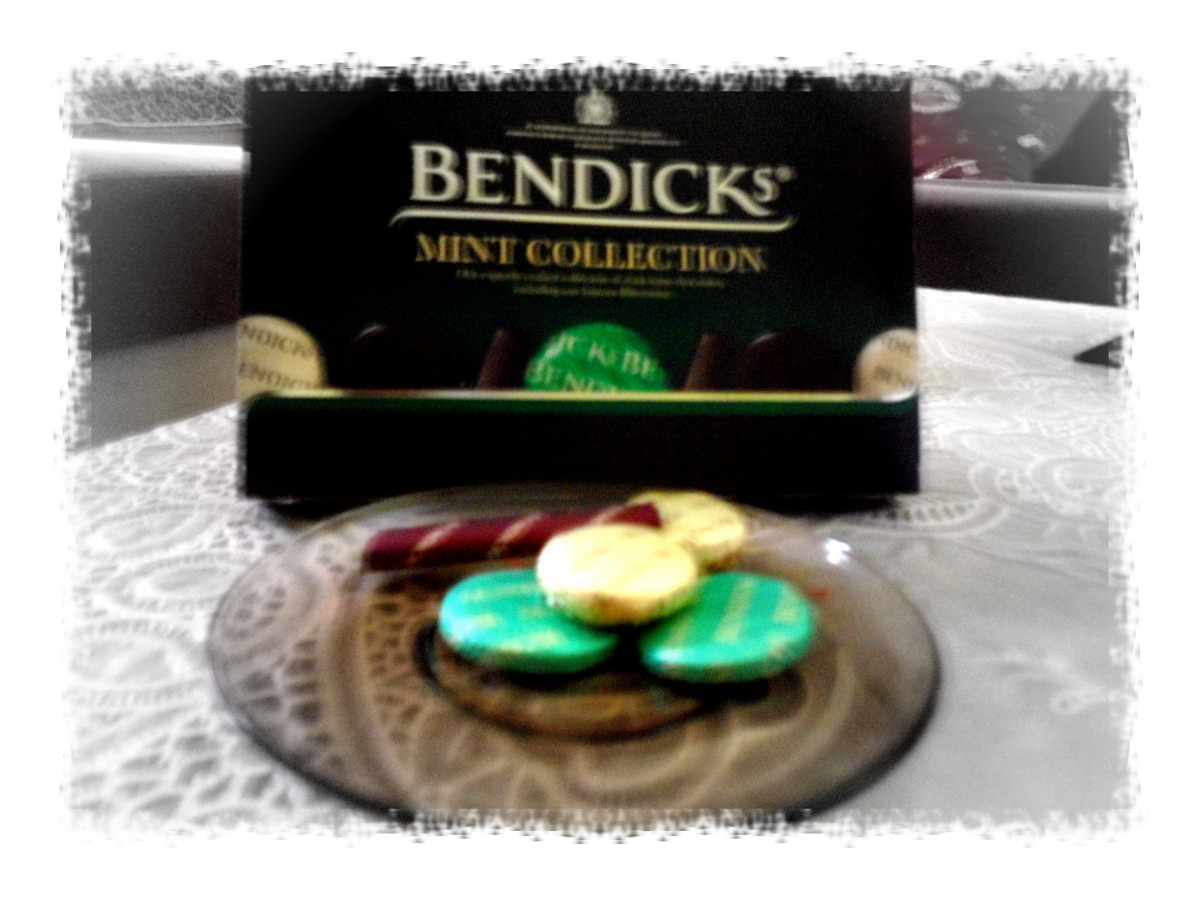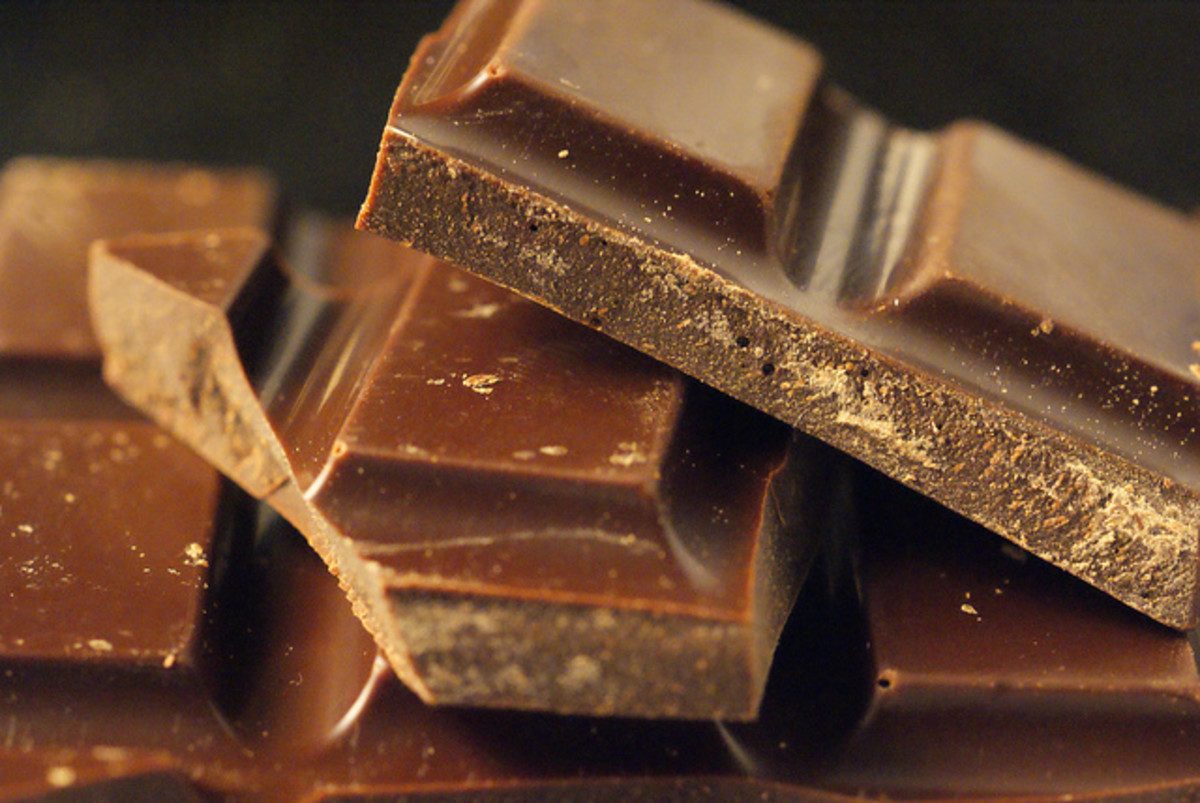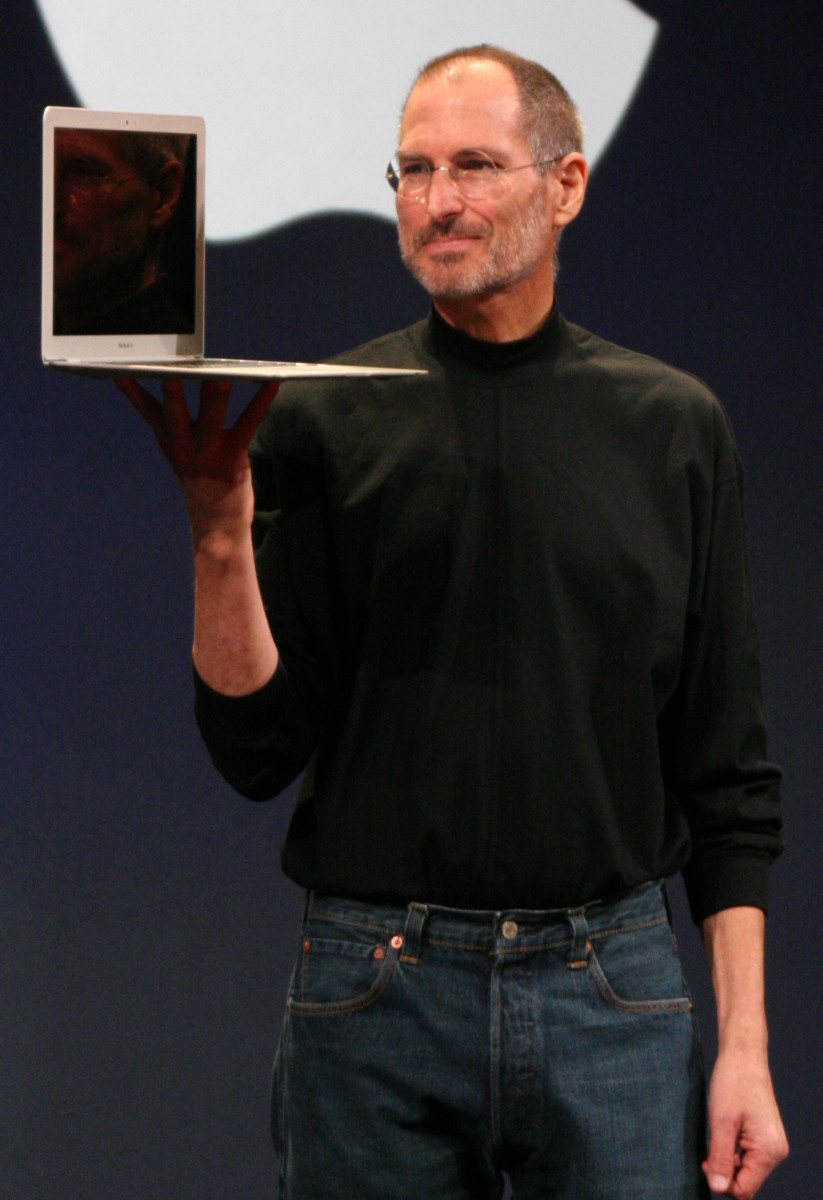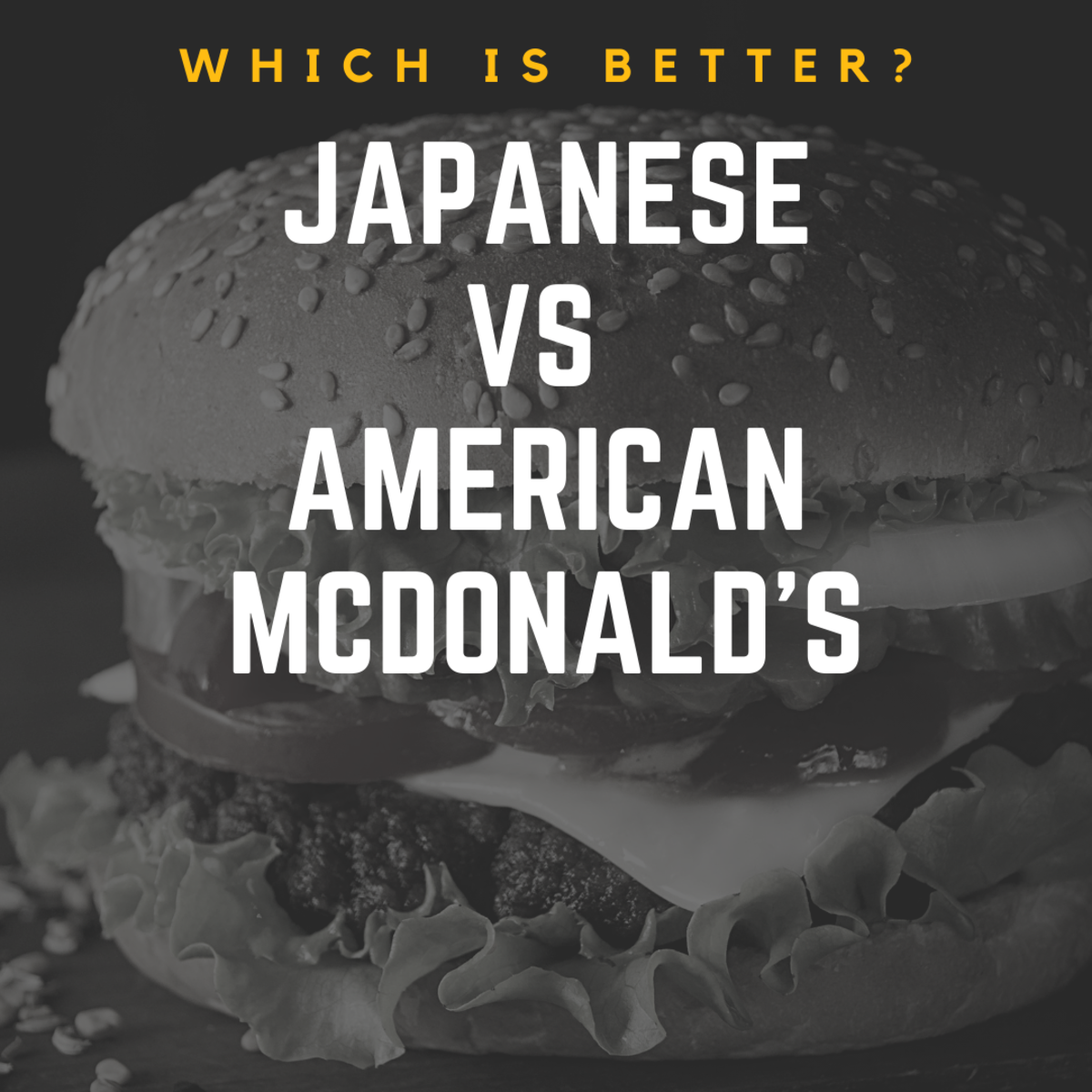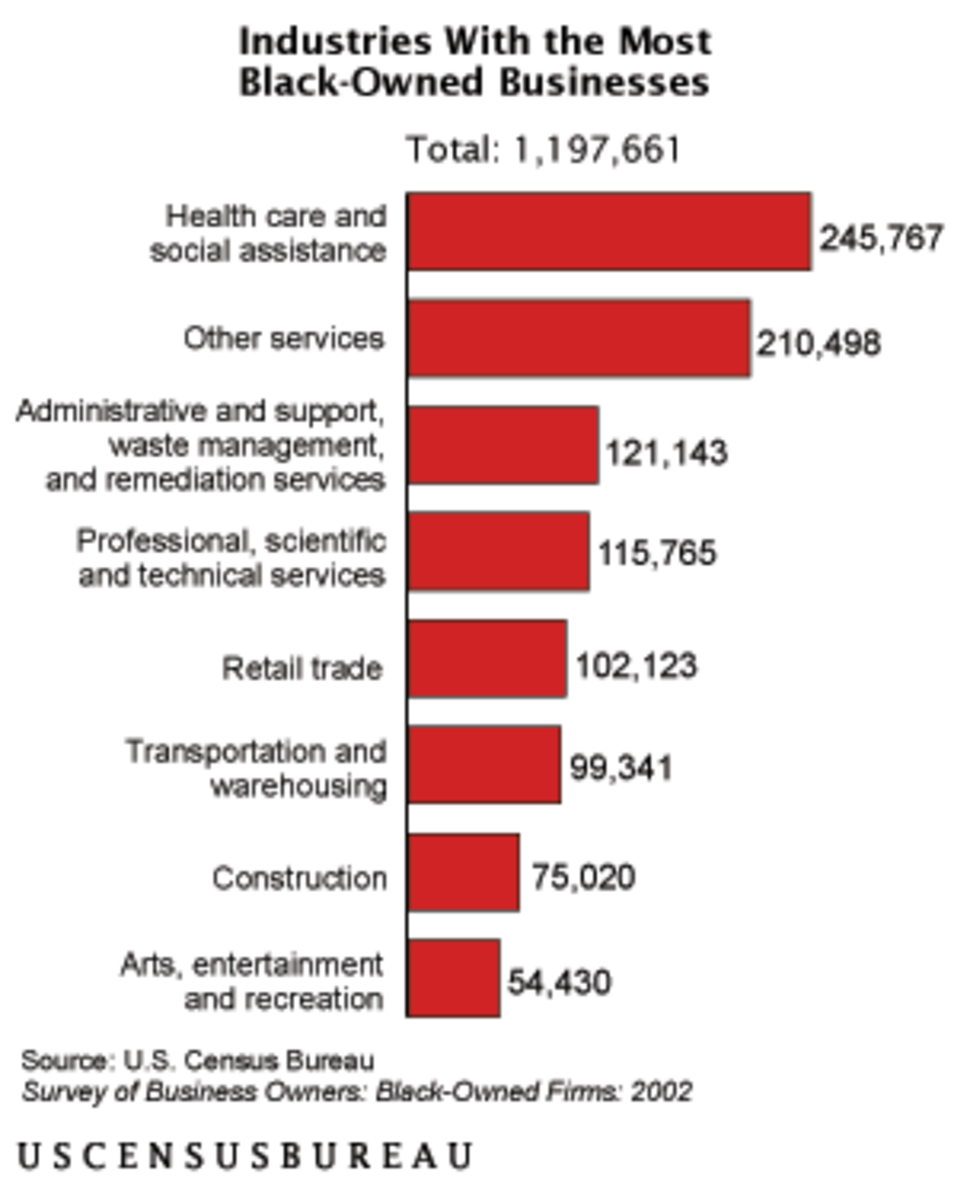A Bittersweet History of Chocolate


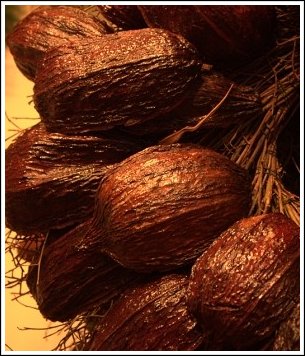
Native American Indians once used sea shells as currency. The Maya Indians in Central America used cacao beans. They were also used in making a medicinal bitter tasting drink used to treat coughs and fever. Cacao beans are used today to make confectionary chocolate.
The cacao bean is thought to have originated in the Amazon or Orinoco basin. About 600 AD the Mayans migrated from Guatemala to the Yucatán Peninsula in Mexico. Along with them came cacao harvested from their rain forests. Ancient drawings have been discovered depicting their use as a monetary exchange. For example, in some parts of the world 10 beans could buy a rabbit, or for 100 beans, a slave.
When the Aztec's began to rule Mexico around 1200 AD, taxes were paid with them. They also enjoyed a tasteful drink made from the bean by adding certain sweet flowers, vanilla, and honey to it. They called it "xocoatl" from which evolved the modern term chocolate. The Mexican Indian word "chocolate,” referring to its’ liquid form, comes from the terms choco, meaning "foam" and atl meaning "water."

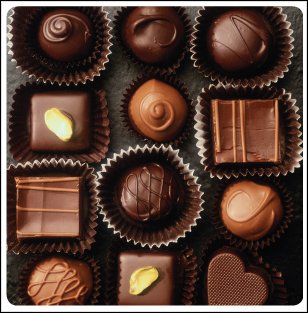
Christopher Columbus tasted this drink on his fourth voyage to America. Columbus found it not to his liking but he took some beans back to show as a curiosity. In fact he thought the beans were sheep droppings. It is said he actually burned an entire cargo of Cacao beans for that very reason.
Likewise, the explorer Hernán Cortéz returned to Spain with some cacao beans which were hidden in Spanish monasteries for nearly a century. The recipe for making the chocolate drink was strictly guarded and only the very rich could afford it. It became a lucrative business for Spain and they planted cocoa trees in all of their colonies.
Ancient Aztec legends say cacao seeds were brought from Paradise and wisdom and power could be obtained by eating the fruit. Other legends say Emperor Montezuma of Mexico Believed it was an aphrodisiac. It wasn’t until about 1600 AD an Italian by the name of Antonio Carletti discovered the delicacy and introduced it to other parts of Europe. Cocoa became so popular it actually became the favored form of currency. Many prominent physicians of the day also used Chocolate as a medicinal remedy for a variety of ailments.

During the 1500s, many Europeans didn’t care for the drink's spicy bitter taste, so they so they added flavorings to Chocolate, such as vanilla, cinnamon, black pepper and refined cane sugar.
By the middle of the 1600s, Chocolate houses began opening in Europe. Most historians generally agree the first chocolate house was opened in London by a Frenchman in 1657. Chocolate Houses became exclusive meeting places for the socially elite because it was extremely expensive. The drink was foamed using a “molinillo,” a wooden whisk-like tool. This method is still used today in parts of Mexico. Chocolate produced by machines was introduced in Barcelona in the late 1700s. Today, the world capital for chocolate production is Belgium.
In the early 1800s a full one third of the world's chocolate was devoured by Spain. At the time chocolate drink was made by grinding the beans and mixing sugar and hot water, but the taste was too rich for Europeans. In 1828 the Dutch developed a press which eliminated about 98% of the fat out of Cacao paste and made it possible to be packaged in powder form. This process also produced another product known as Cocoa Butter. Two decades later a way was discovered to mix melted Cocoa Butter with chocolate powder to create a substance which could be molded. The first chocolate bar had been born.
In 1875 two Swiss men used sweetened condensed milk for their concentrated infant food formula to make milk chocolate. They were Daniel Peter and Henri Nestlé, a name synonymous with chocolate the world over.
In the late 19th century major corporations started growing cacao on large plantations, but in the process destroying valuable rainforest.
Many companies producing chocolate in the late 1800s such as chocolate giants Hershey’s and Cadbury, did so out of religious beliefs pertaining to the abstinence from alcohol. For some reason, chocolate was seen as an acceptable substitute.
The exact time chocolate became an American favorite is not known for certain, but is thought to be between the early 1700s to the late 1800s. But it is known that in 1900 Milton Hershey, a Pennsylvania Mennonite, began producing his famous milk chocolate bars and "kisses." There are now two towns named after him. One previously called Derry Church, Pennsylvania, and the other is in Cuba. During World War I, Hershey even convinced the US Army to include four chocolate bars to each soldier’s daily rations.




